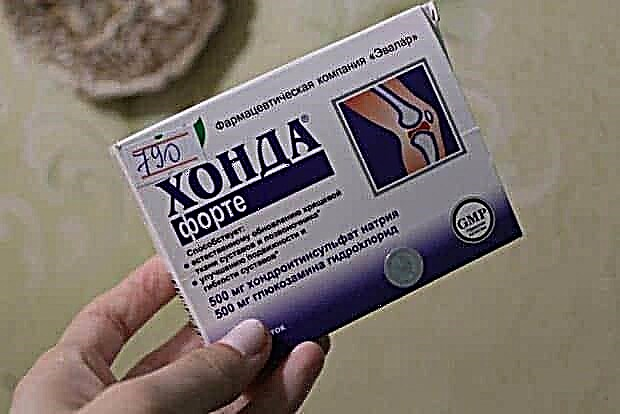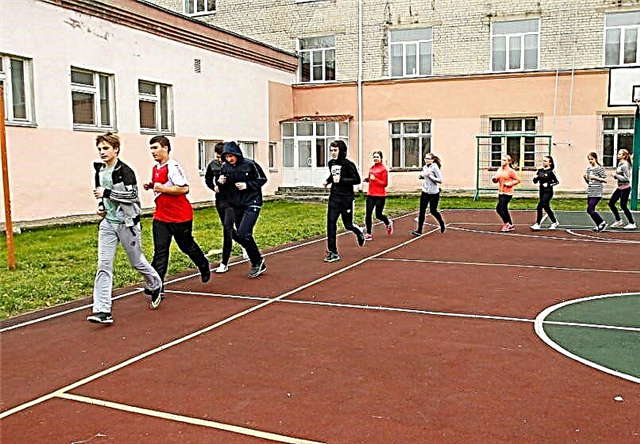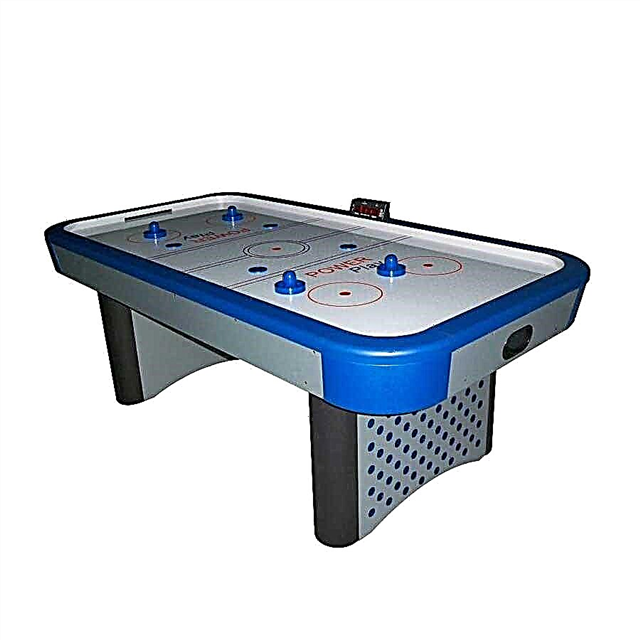Damage to the eyes often compromises the integrity of the surrounding bone structures, soft tissues, and blood vessels. This makes it difficult to accurately localize the site of destruction and the nature of the injury. Therefore, only an ophthalmologist can establish an accurate diagnosis. This will most likely require a whole range of instrumental studies and the involvement of other narrow specialists - an otolaryngologist or neurosurgeon. Even minor residual symptoms and discomfort after microtrauma should be the reason for visiting an ophthalmologist's office in order to prevent serious complications or chronic illness.
Causes and symptoms of different injuries
The eye, except for the thin eyelid, has no significant protection against direct blows and other external influences - the ingress of foreign bodies, caustic and hot liquids. In some cases, there is a violation of its normal functioning from severe injury when falling or from a blow to the head. Most injuries (90%) relate to microtraumas - small foreign bodies getting into the eye. This is facilitated by windy weather with strong dusty air. Emissions of sawdust, shavings and other particulate matter from power tools or power tools are also the cause of these injuries.
Severe injuries occur during car accidents, hostilities, street incidents, extreme and contact sports. Industrial injuries are most often associated with the performance of work without protective glasses.
The main symptoms are expressed by local pain, burning, lacrimation, swelling of the eyelids and surrounding tissues, local hemorrhages, redness of the eyeball. Sometimes vision may deteriorate, photophobia and headache may occur. With a mild degree of damage, the pain is insignificant and there is practically no decrease in vision. There may be minor hemorrhages and expansion of the vascular network on the outer shell of the eyeball and the posterior surface of the eyelids. The intensity and features of the manifestation of symptoms depend on the type and severity of the injury received.
Blunt trauma is characterized by the occurrence of hemorrhages in various parts of the eye: eyelid, iris, retina, vitreous body. In severe cases, this can be accompanied by concussion and traumatic brain injury. A strong increase in the pupil and lack of response to light indicates paralysis of the constrictor muscle of the pupil or damage to the oculomotor nerve.
The most complex and severe injuries occur when the integrity of the eye and surrounding tissues is violated. In such cases, the pain syndrome is acute and intolerable. There is severe swelling and bleeding from the wound. Vision is severely impaired. The headache is often accompanied by an increase in body temperature. Visually, there may be a clouding of the lens and the presence of blood in the anterior chamber of the eye.
Often such cases require urgent surgery. Penetrating wounds are dangerous with subsequent complications and can provoke the development of various diseases.
Despite the different nature (thermal, chemical, radiation), eye burns have the same symptoms. In mild cases, this is a slight swelling and redness on the eyelids and eyeball. In severe lesions, clear signs of negative effects are visible - from small bubbles on the eyelid to corneal opacity and the appearance of dead areas in various parts of the eye.
Related eyelid injuries
This protective element of the eye is often damaged by improperly provided first aid - an inept attempt to remove a foreign body leads to scratches and irritation of the inner shell. From a strong blow, severe swelling and bruising are formed. In severe cases, the eyelid can receive injuries of varying degrees - from small superficial to deep penetrating.
Eye injuries in sports
Active sports almost always increase the risk of injury to the visual organs.

© POJCHEE - stock.adobe.com
First of all, this applies to game and contact types: hockey, football, tennis, basketball, sambo, boxing, karate and other martial arts. In violent collisions, a punch, elbow or knee strike often inflicts severe injuries that cannot be avoided even with protective gear. Various accessories (clubs, rackets, bats) in difficult playing situations often become a "tool" of harm to health.
Heavy and fast-flying sports equipment, such as a puck or baseball, also often hit the eye area. With a good hit, even a light badminton shuttlecock (13 g) flies at over 200 km / h and has enough kinetic energy to cause serious injury.
In almost all sports, there are cases of falls and head hits, which negatively affect the state of the visual apparatus.
Despite the fact that the percentage of sports eye injuries is 30% of the total, they pose a serious risk of subsequent complications. In order to preserve the health of athletes, medicine is constantly looking for new effective methods of treatment and rehabilitation. In training, techniques are practiced to avoid them. The industry is looking for ways to improve the protective properties of equipment.
What is forbidden to do in case of eye injury
It is very easy to damage the eye and surrounding tissues, instinctively trying to eliminate the discomfort. In this case, you cannot rub your eyelids or independently begin to remove a foreign body with a napkin or handkerchief. In no case should alkaline or acidic solutions be used for rinsing if the substance that got into the eye is not known for sure.
First aid in different cases
The timeliness and correctness of first aid for eye injuries largely determines the success of subsequent treatment and the completeness of the restoration of its functions. The main rule is to prevent repeated damage and infection.
In case of chemical burns, it is necessary to rinse the eye with a large amount of a weak solution of salt or potassium permanganate, for thermal burns - with clean water.
In case of blunt injuries, apply cold to relieve pain and swelling. You can try to wash out small debris with a stream of clean water. For any damage, a gauze bandage is applied and a doctor's examination is required to establish an accurate diagnosis and prescribe treatment.
If there is a violation of the integrity of the eye, then it is only necessary to stop or reduce the bleeding. Further first aid is provided in a medical facility, and the victim must be taken to the emergency room as quickly as possible.
Diagnostics
During the initial examination at the emergency room, the degree of damage is determined, and urgent measures are taken to eliminate the symptoms. If internal damage is suspected, fluoroscopy and extended fundoscopy (examination of the fundus) are done. Then the question of hospitalization or referral to the appropriate narrow specialist is decided. In addition to an ophthalmologist, this may be a neurosurgeon, an otolaryngologist, or a specialist in maxillofacial surgery. If necessary, additional instrumental studies are prescribed: ultrasound echolocation, ophthalmoscopy, tests with fluorescein and other methods.

© Tyler Olson - stock.adobe.com. Examination of the fundus.
Basics of treatment
Successful recovery from injury depends on proper diagnosis and treatment, which can only be performed by an appropriate healthcare professional. Elimination of symptoms of minor injuries is possible at home on the recommendation of a doctor.
Treatment of bruises and the consequences of extracting foreign objects is most often carried out on an outpatient basis. In this case, antibacterial ointments and drops are used. To relieve pain, analgesics are prescribed.

© Photographee.eu - stock.adobe.com
In cases of contusion, decongestants and anti-inflammatory drugs are used, and coagulants are used to prevent bleeding. Accelerate the processes of treatment and restoration of physiotherapy procedures.
With open wounds in difficult cases, hospitalization and surgery are required.
The duration of treatment and the recovery period vary from one week to several months.
Drops in case of injury
Eye health must be taken with due care and seriousness and must be used only after consultation with or as directed by a doctor. The list below is intended only for familiarization with the properties of drugs:
- Vitasik drops - have a beneficial effect on the mucous membrane, have bactericidal and healing properties.

- Balarpan-N is a natural restorative remedy that is used for burns and postoperative treatment, helps to moisturize the eyes.

- Kartalin and Oftan-katakhrom - have a positive effect on the lens.

- Dephysleis - stimulates tear production and accelerates the regeneration process of the cornea.

- Solcoseryl and Korneregel are healing and regenerating gels.










